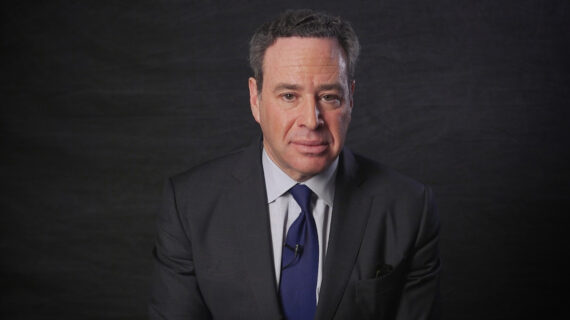Last week, Fraser Institute analysts Jason Clemens and Tegan Hill wrote an important article in The Hub on the recent debate over a possible Alberta Pension Plan. They rightly note that “some prominent pundits and analysts prefer to obfuscate and muddy the water of discussion” and call for a thoughtful engagement based on the facts.
I couldn’t agree more.
Canadians should be proud of much of our public pension systems—especially compared to many other advanced economies—but we should also welcome debate over reforms. This includes the possibility of a provincial plan for Alberta, separate from the existing Canada Pension Plan.
Unfortunately, obfuscation is not found only among opponents of an Alberta plan. It’s baked right into the heart of the province’s public engagement on the issue.
Rather than providing a wide range of possible considerations, it offers only a single piece of analysis that, in my view, significantly overstates the potential benefits of a separate provincial plan. And its survey is little more than a push poll that asks Albertans to count their chickens before they hatch.
There are real uncertainties that we cannot simply brush aside. To count on $5 billion in annual savings without even a nod to alternative scenarios is to mislead the public on an incredibly serious matter.
Worse, it presents everything in the best possible light and ignores important tradeoffs and risks.
It’s not a genuine engagement. It’s a marketing campaign. And that’s a problem.
It doesn’t have to be like this. There are simple ways to illustrate tradeoffs and risks while being open about the potential benefits of an Alberta plan.
Of course, in politics, it is said that “if you’re explaining, you’re losing.” The benefit of an independent panel, however, is that it may not be trapped by the same incentives as sitting politicians. Explaining should be part of its job. Better yet, it should provide the tools to help Albertans draw their own conclusions based on all the facts.
Consider the new Finances of the Nation Alberta Pension Plan simulator.1Any analysis of this kind makes certain simplifying assumptions, especially when evaluating a non-existent policy with imperfect publicly available data. The simulator’s output is largely consistent with the results of the analysis that the Alberta government commissioned.
It reveals several potential benefits.
In the simulator’s default scenario, contribution rates in a separate Alberta plan could be 1.3 percentage points lower than the CPP. That may sound small, but it is equivalent to up to $418 per year each for employees and employers. That’s less than the government is promoting, but it’s still meaningful savings. Indeed, the total value of this change is greater than the province’s upcoming personal income tax cut.
And if you think the government’s preferred scenario that an APP gets over $300 billion from the CPP is correct, then you can explore that too!
It also shows that retirement payments to seniors could be increased. I don’t think this is a particularly good idea, to be clear. I’m strongly in favour of increasing the retirement age and believe lowering the OAS age from 67 to 65 was a mistake. But that aside, there’s “room” to boost benefit spending in Alberta’s plan by roughly 15 percent, although contribution rates wouldn’t be able to fall in that case.
The simulator also reveals important risks.
If fertility and migration rates approach the Canadian average, then Alberta’s pension savings relative to the CPP would fall by more than one-third. And if migration rates look like Ontario’s, then the savings fall by roughly one-quarter.

More importantly, investment risks can be large. If returns fall by half a point, perhaps due to a smaller pool of assets or due to political interference in the fund (something the CPP is better insulated from), then nearly half the savings disappear. And combined with lower in-migration, there might be no savings at all.
The simulator also goes through 10,000 possible futures with volatility assumptions that mirror what’s applied to the CPP. It shows there’s a very wide range of possible futures for an Alberta pension plan. In fact, under the government’s preferred scenario, there is a one-in-three chance the contribution rate cannot be reduced at all.
None of this implies an APP is either a good policy idea or a bad one. The simulator is entirely neutral and is useful for both opponents and proponents alike. But it’s information and tools like this that we need more of. It’s what the engagement panel should be doing.
This is a serious policy discussion with real consequences for millions of Albertans. It deserves full engagement based on all the facts, not public-funded obfuscation. Exploring benefits, costs, and tradeoffs is critical to making good decisions.
A separate provincial pension plan for Alberta is an entirely legitimate policy position, and reasonable people can disagree. But hanging our hats on a single set of optimistic assumptions is anything but prudent. A $7.5 million engagement can (and should!) do better.




